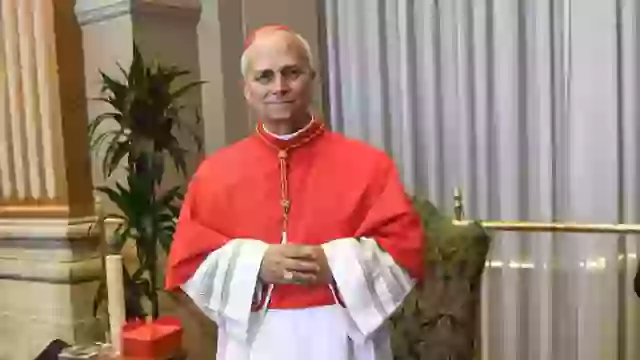Many have questioned why popes continue this practice and the significance of their chosen names, but Robert Prevost changed his name overnight when he was elected as the next leader of the Catholic church.
On May 8, it was revealed that American Robert Prevost would succeed the late Pope Francis as the future head of the Catholic church.
Many people, however, were surprised to hear that he chooses to be known as Pope Leo XIV rather than Pope Prevost or Pope Robert.
Many have been obliged to acknowledge that they were unaware of Pope Francis’s true name, Jorge Mario Bergoglio, which was his birth name.
Questions have been raised about why people who take on the role choose to change their names in the first place.Popes alter their names, but why?

All popes during the past 470 years have adhered to this custom, even though they are not required to change their names when they assume the position.




